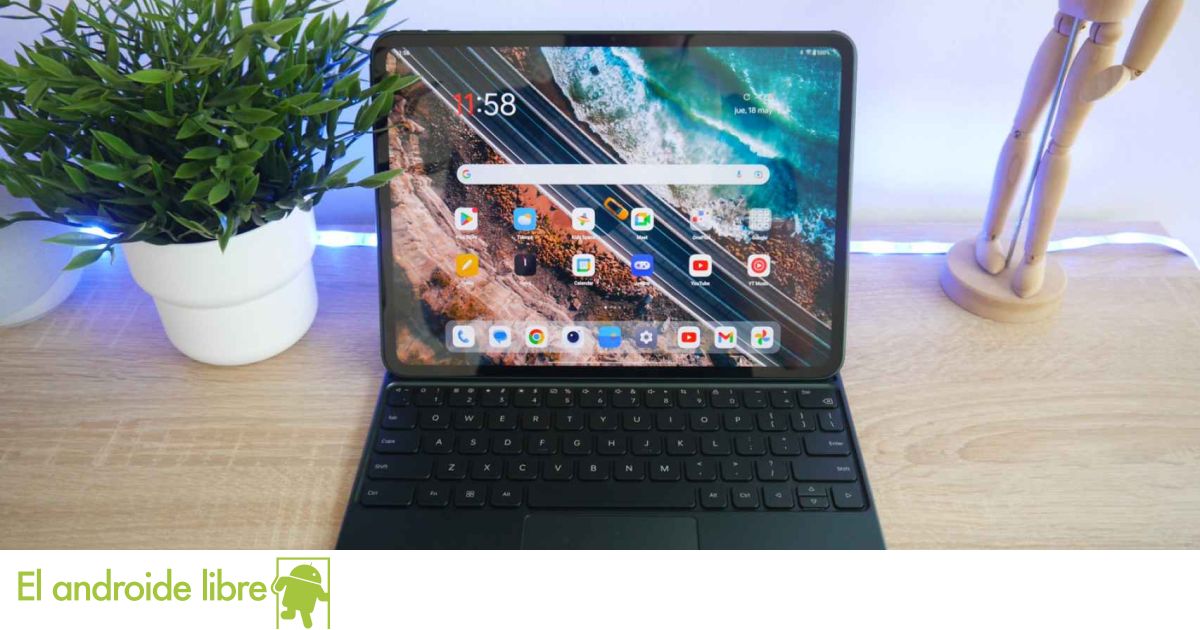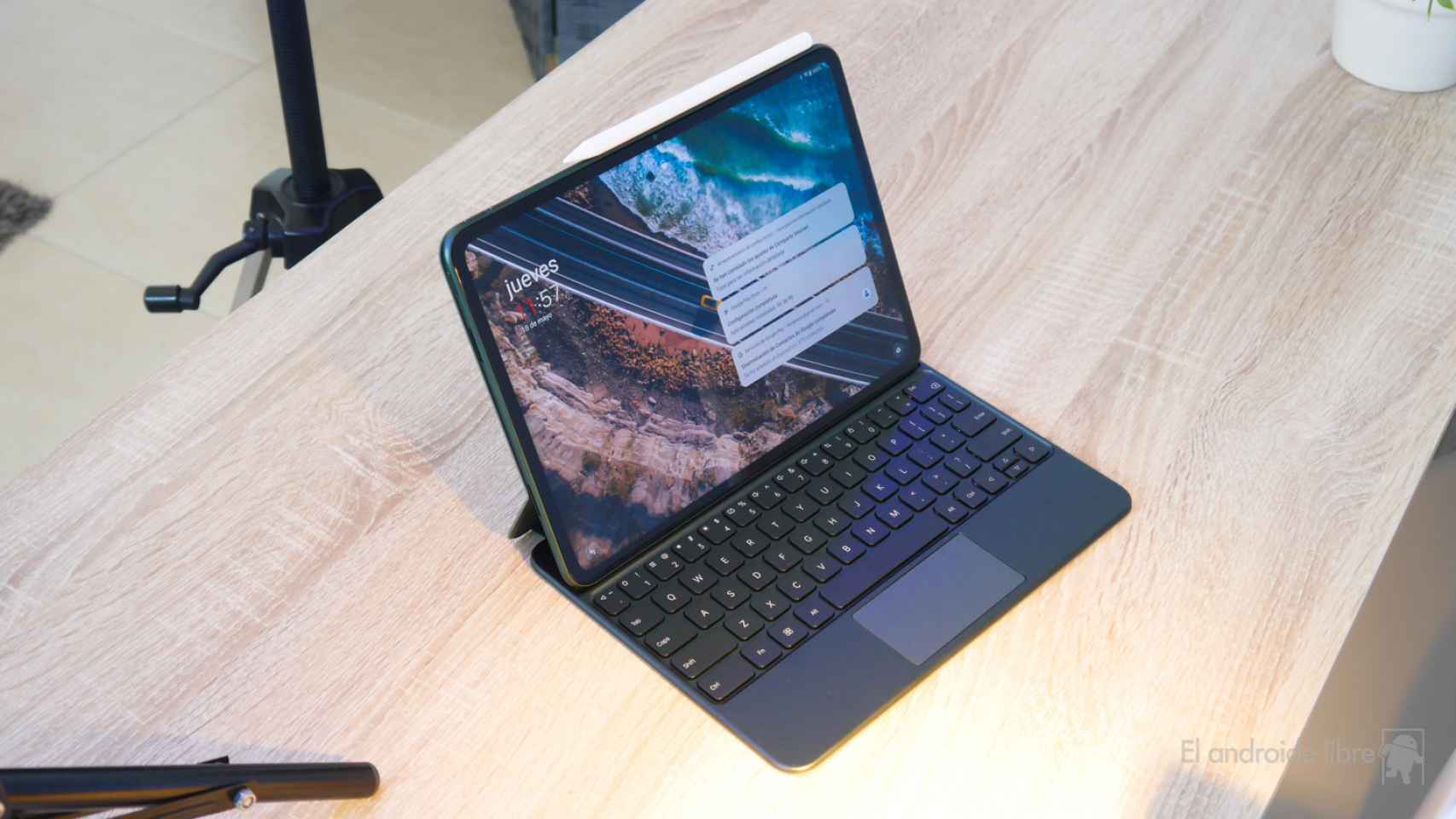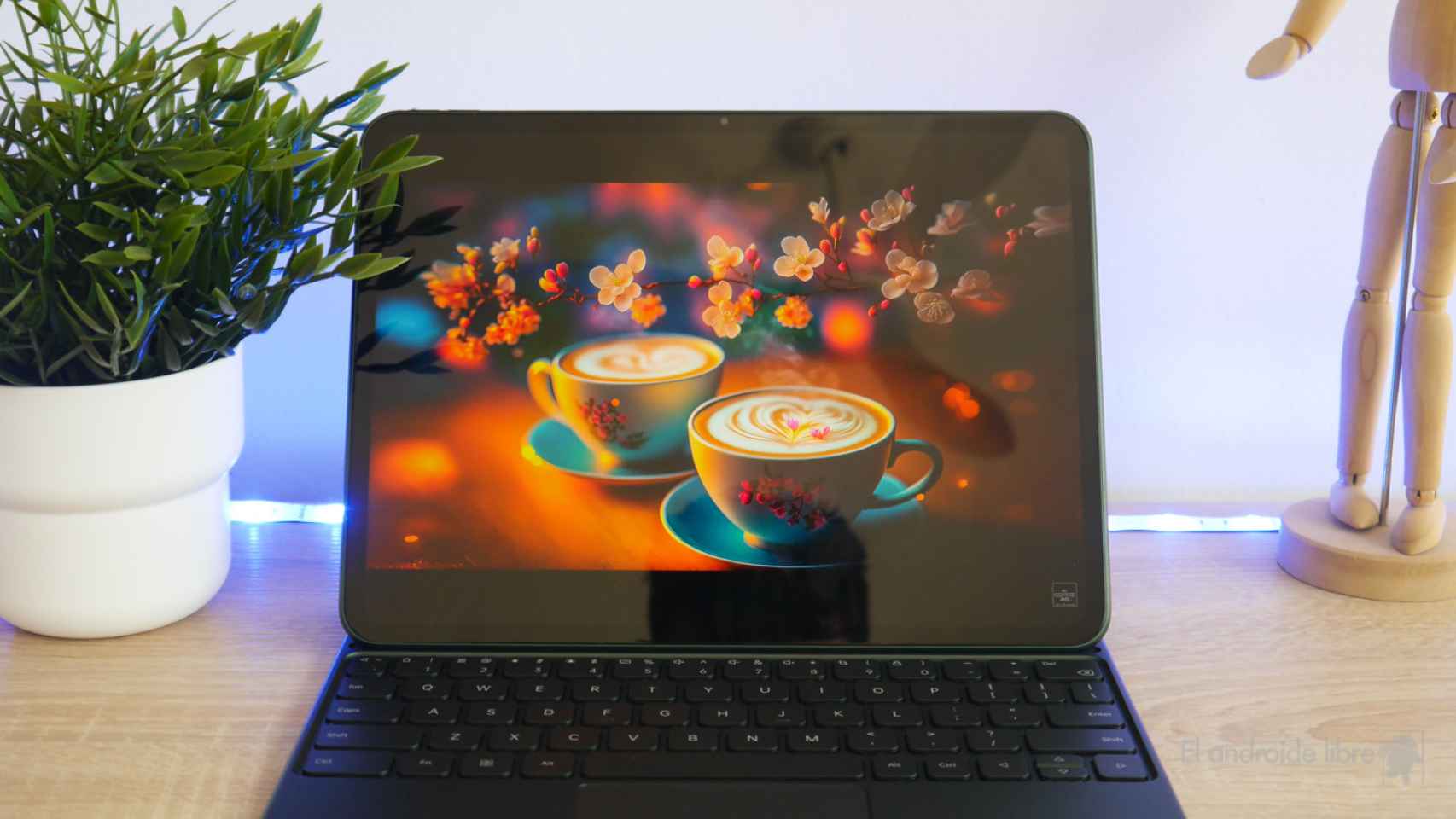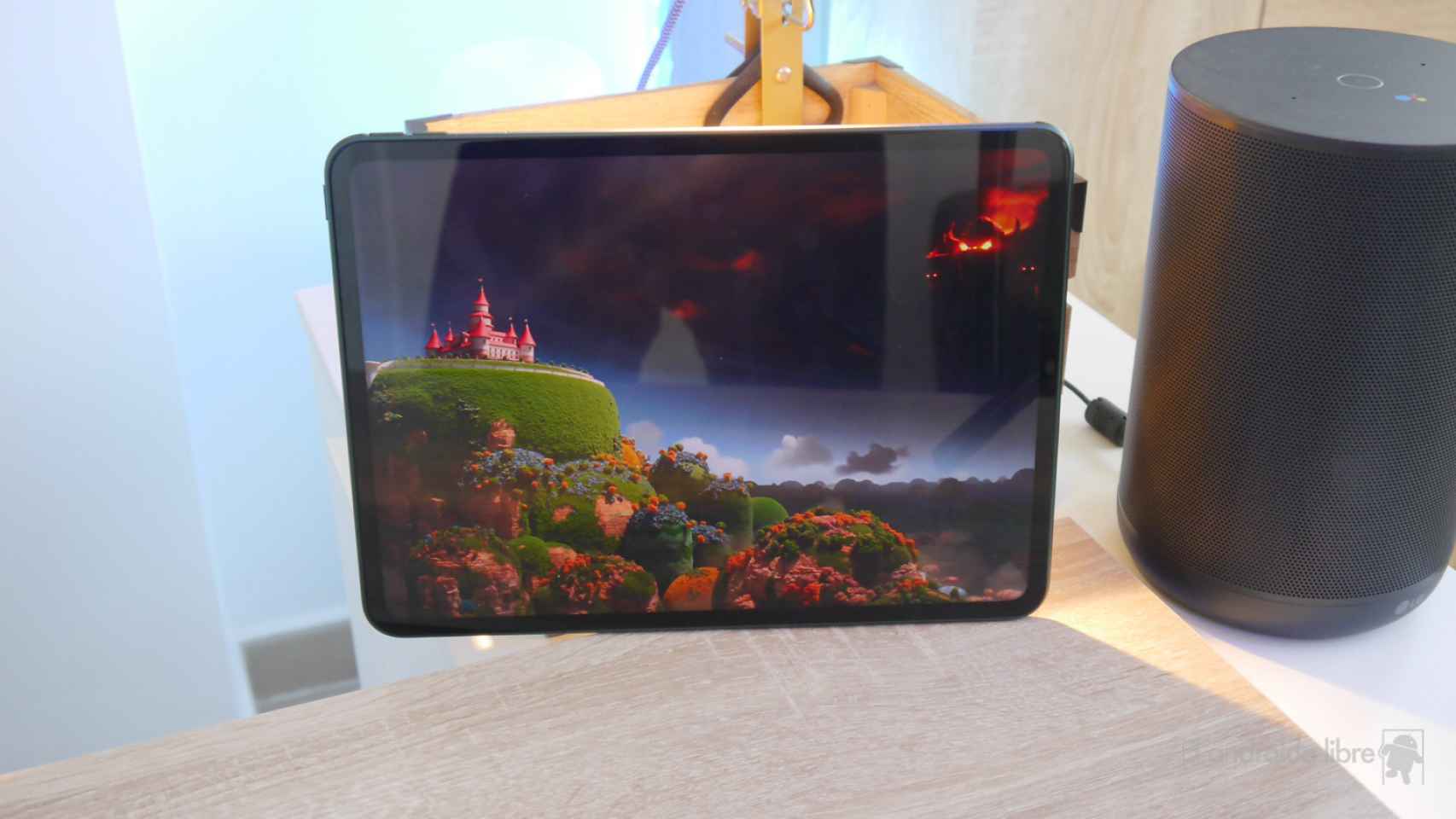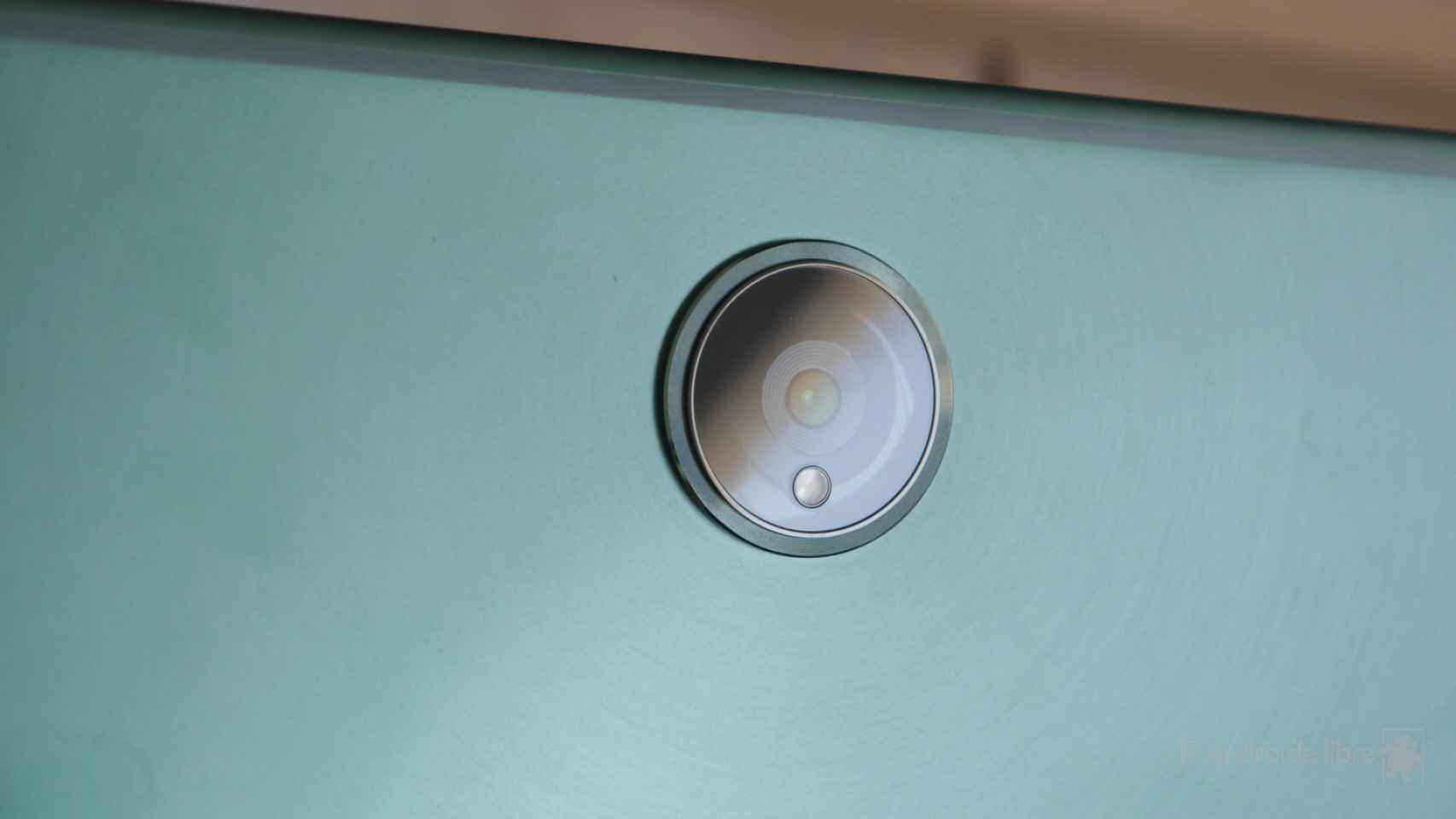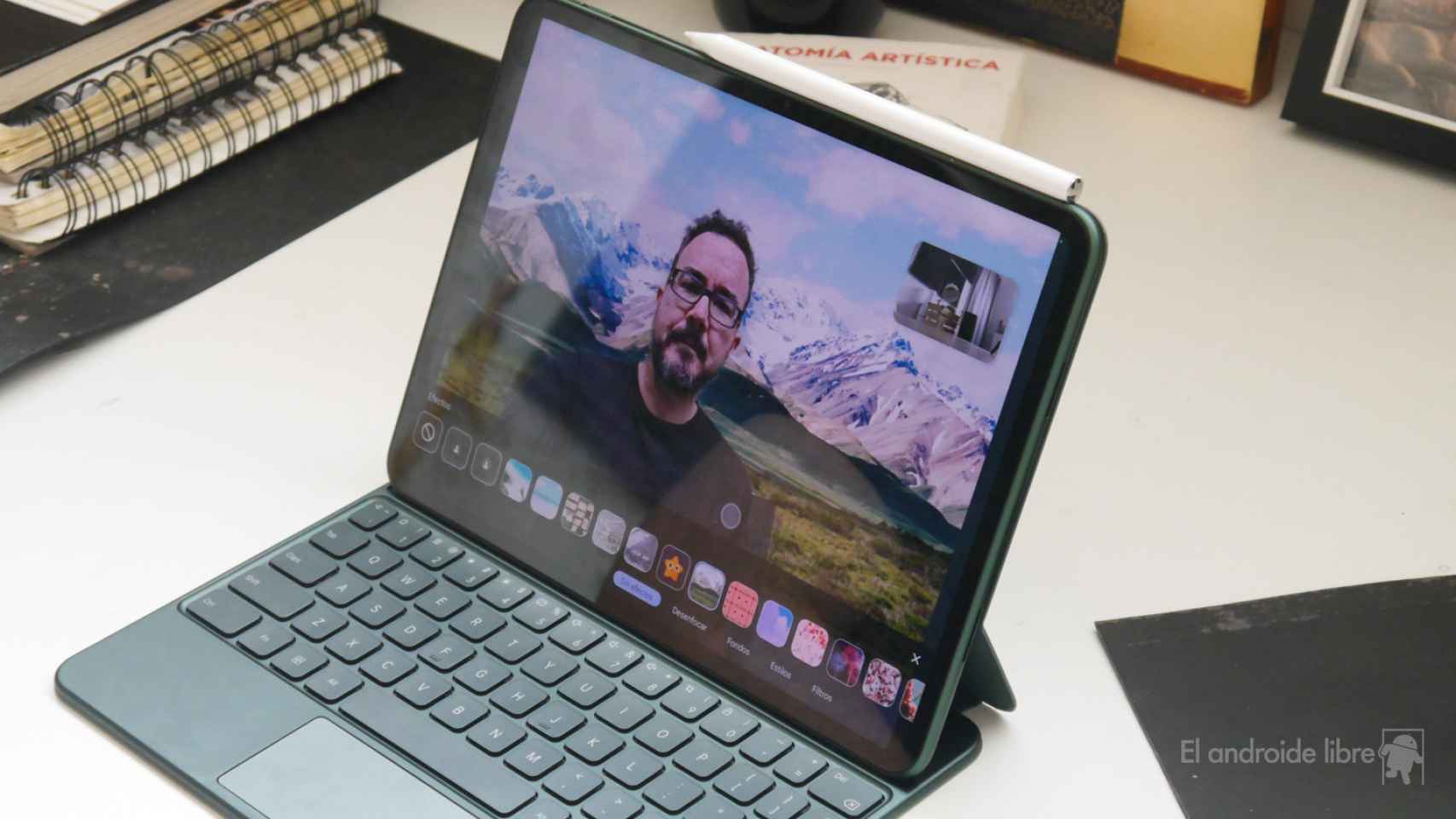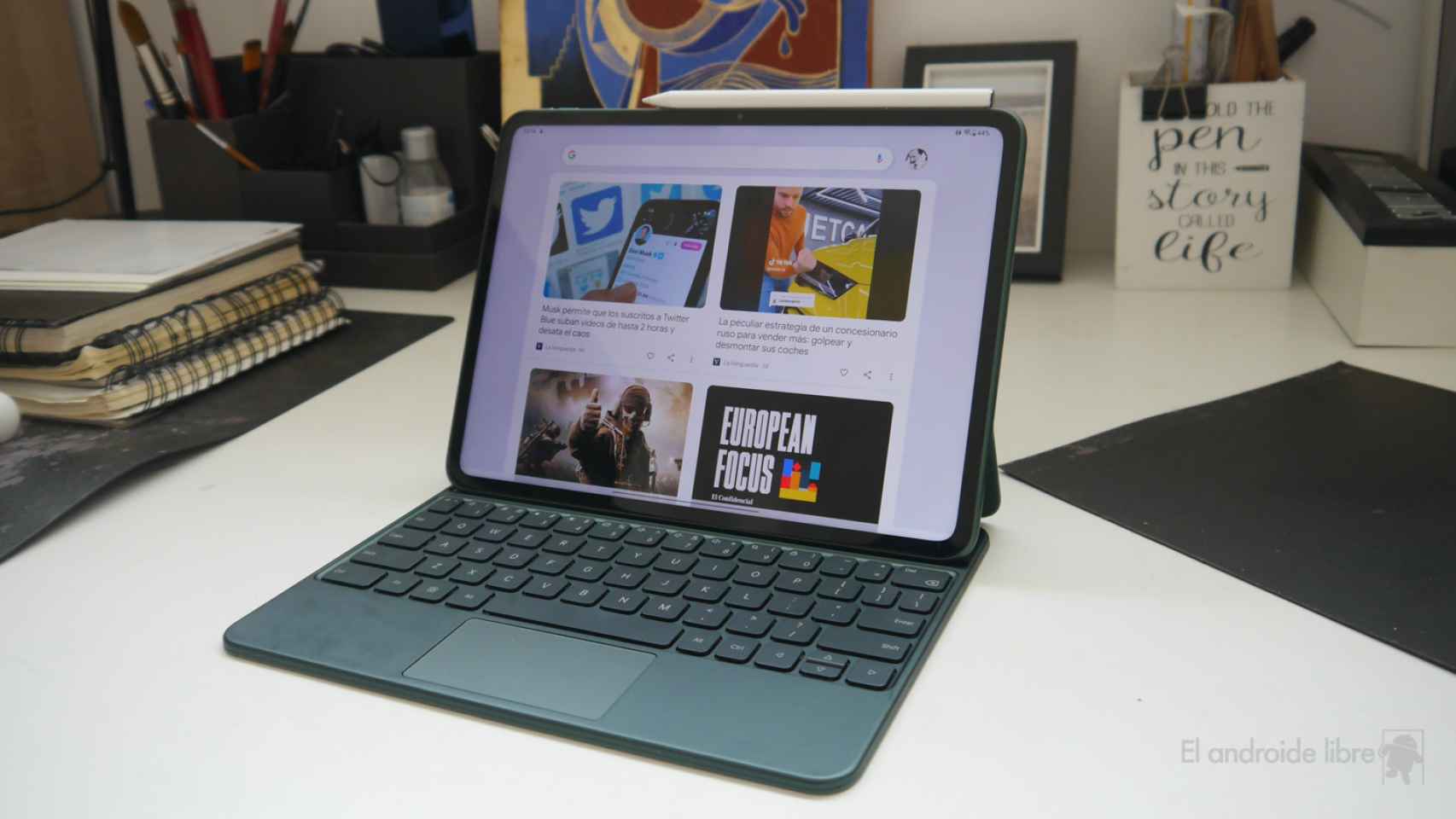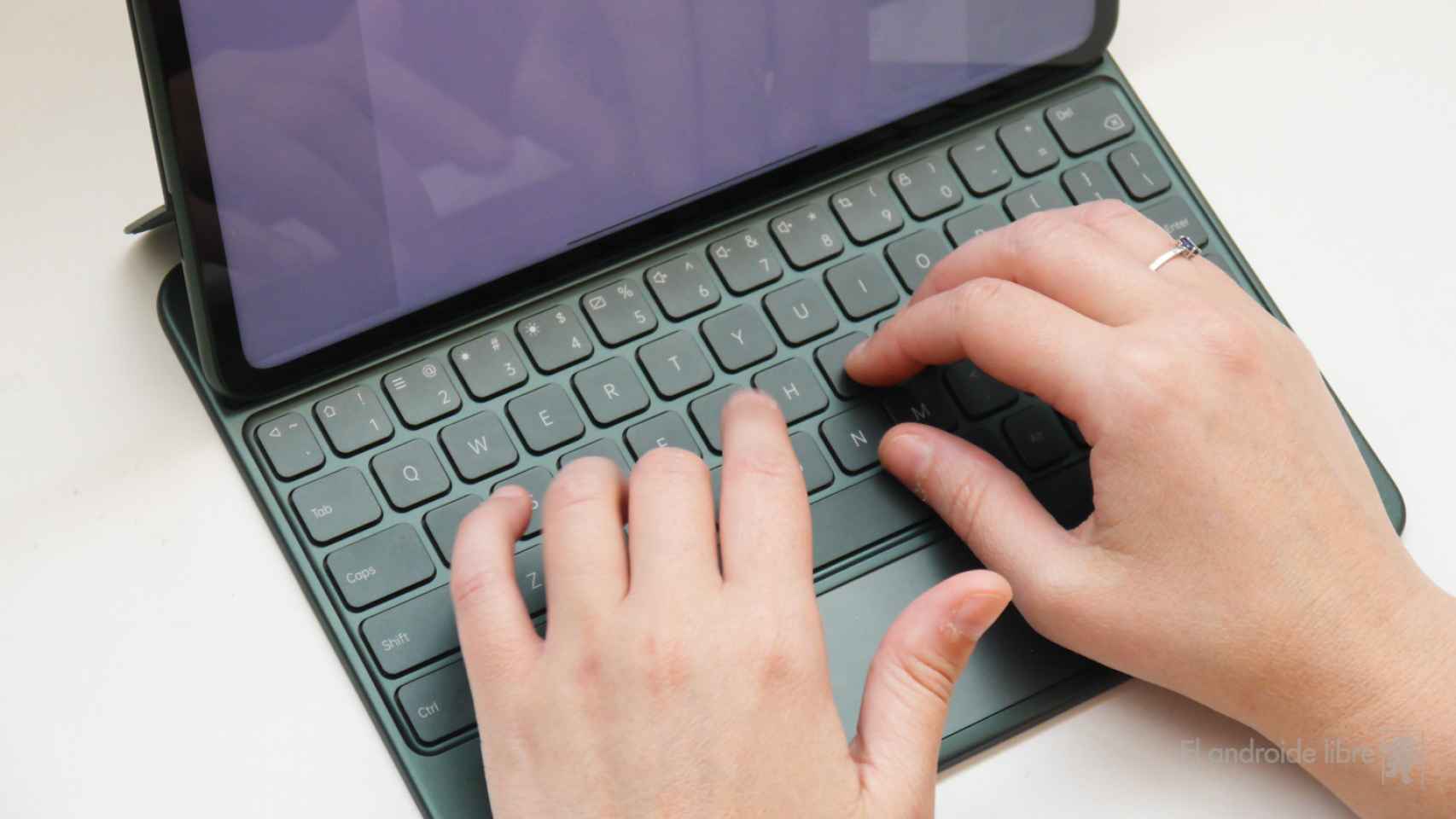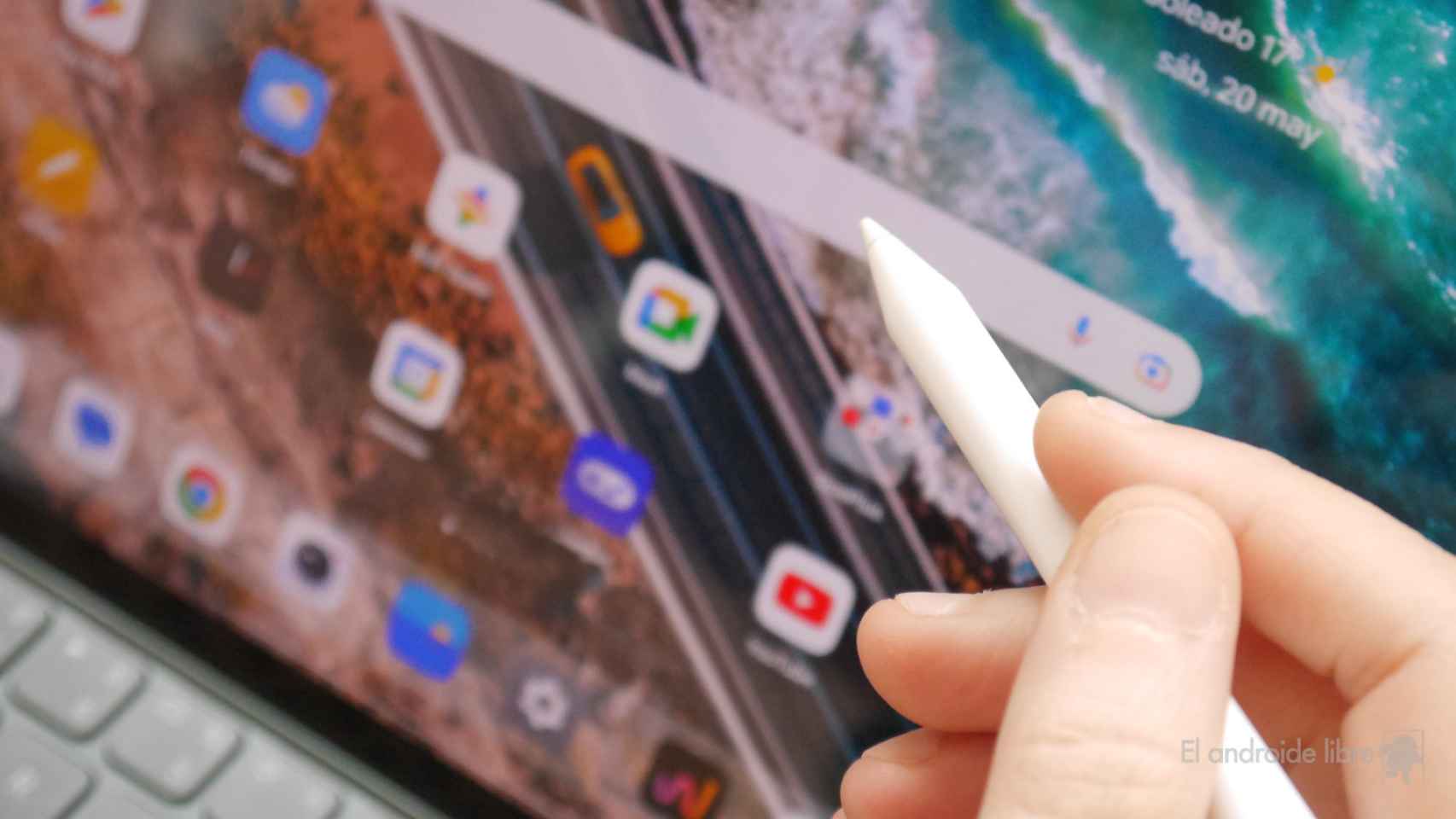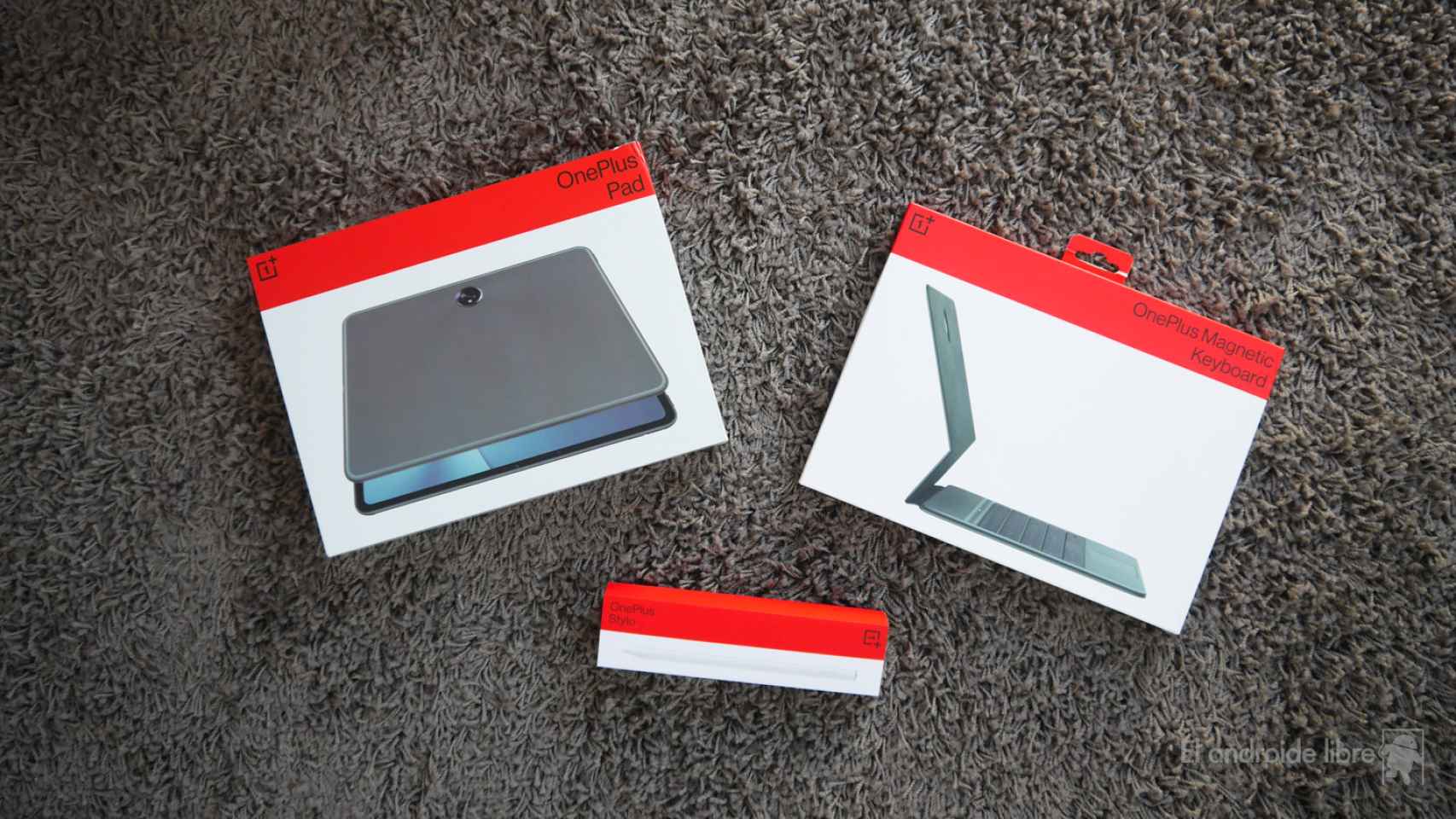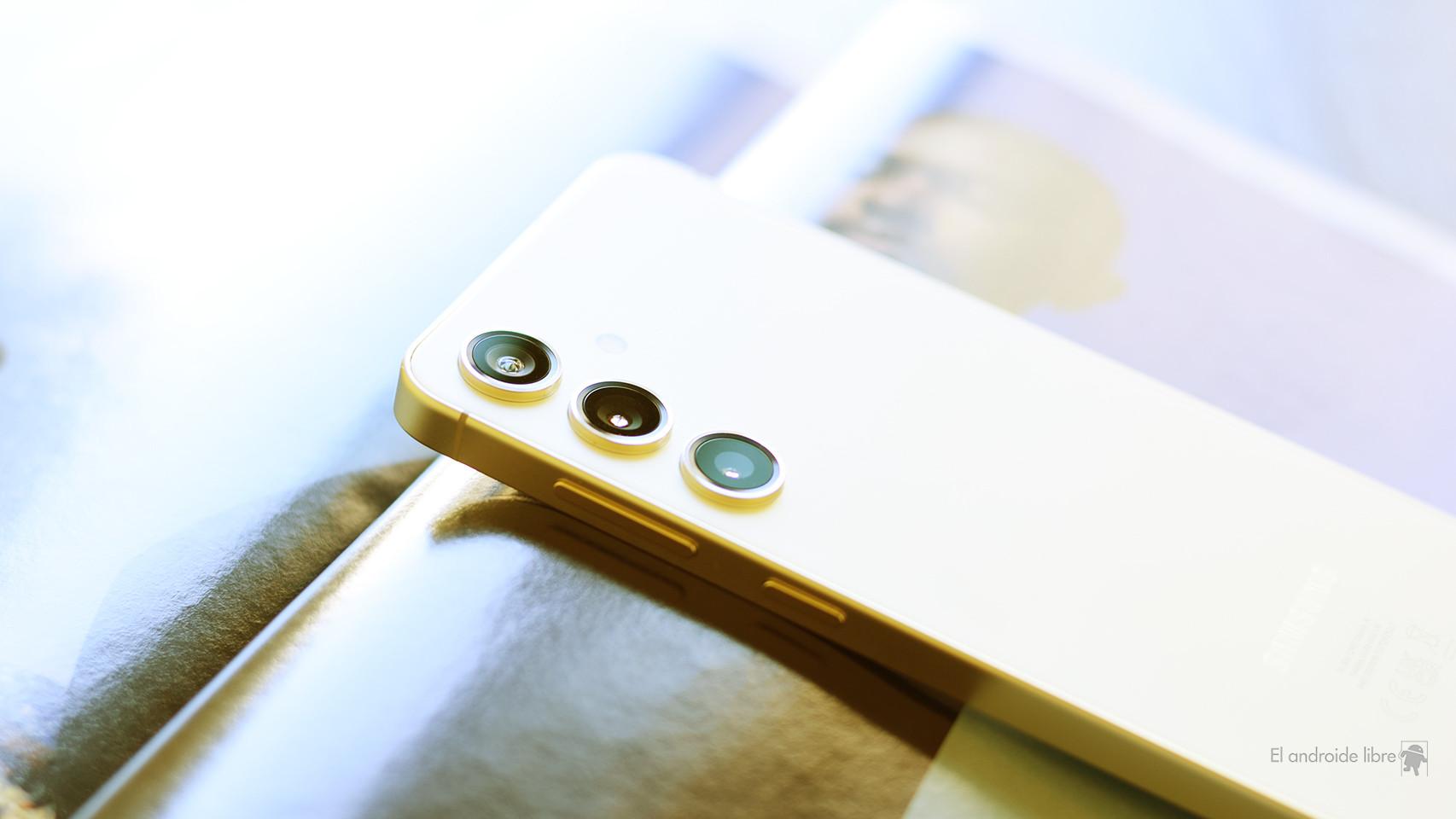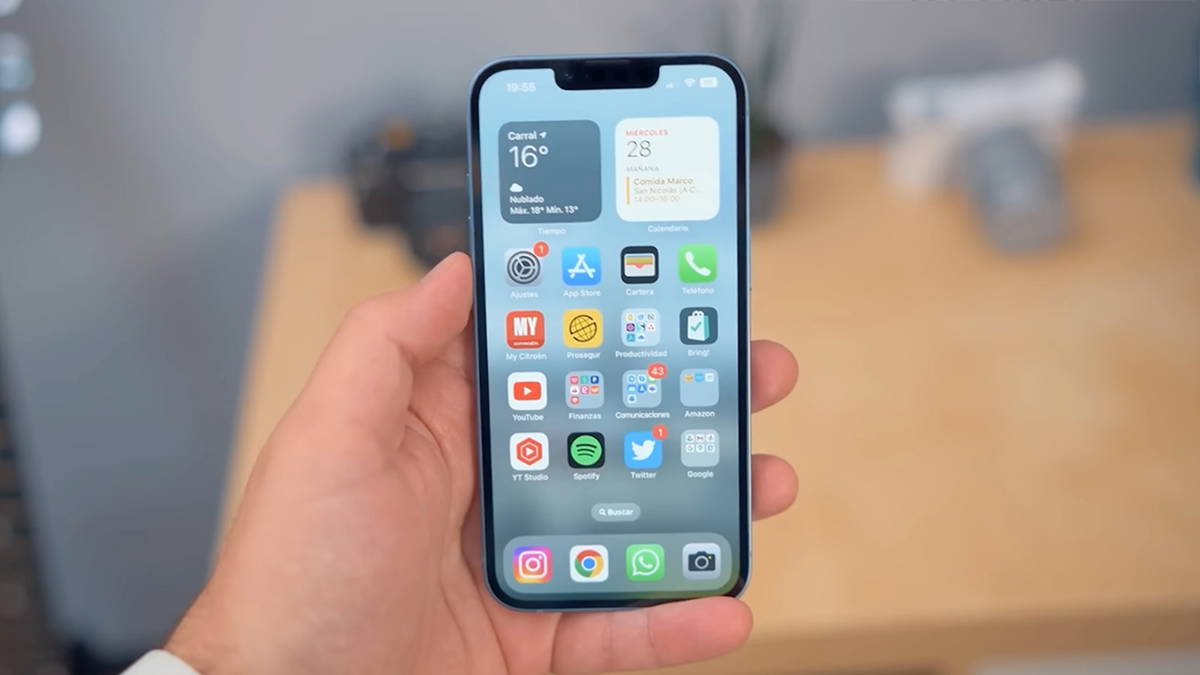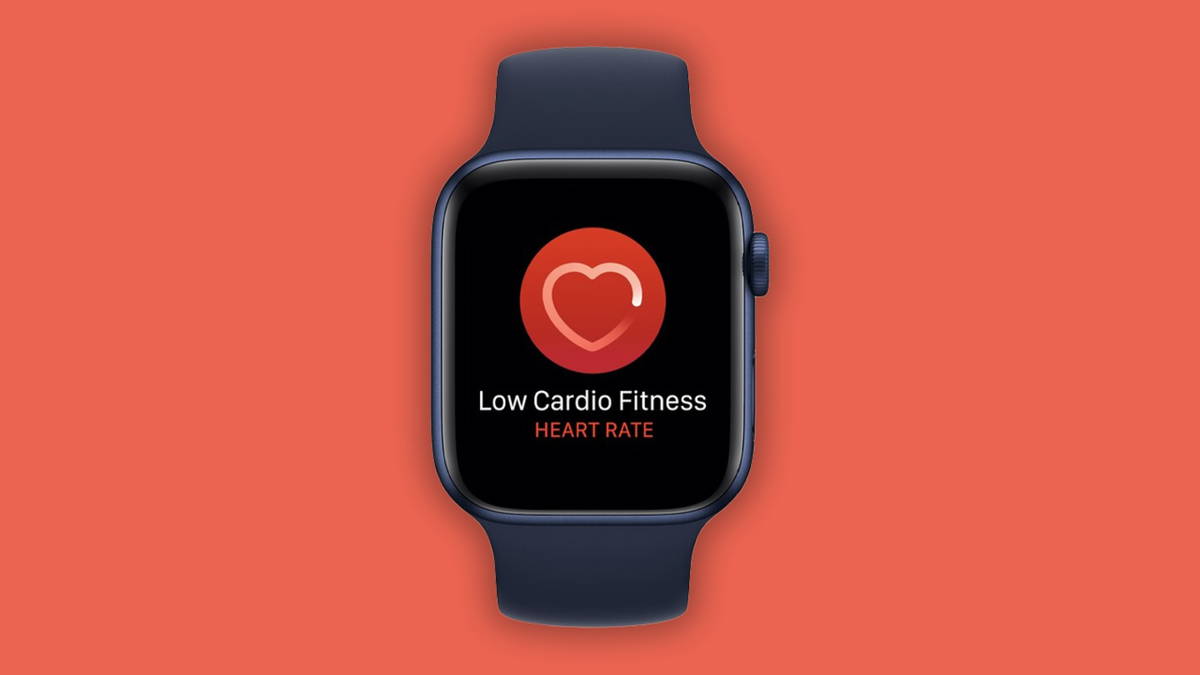A few years ago, many predicted that tablets would devour the computing market. Even smartphones could suffer from the advent of these devices with much larger, but still manageable screens. The reality is that this alleged colonization of our working and leisure hours was not such, although we cannot say that this type of product was, by far, a failure.
With the pandemic, we have seen a second renaissance of tablets, partly because of the need to stay at home, and partly because working from home has made it easier to include these devices to improve productivity at home.
It was at the time when brands like Google or OnePlus were launching to create new products, which have come down to us now. We can’t talk much about the Google tablet because it didn’t arrive in Europe, but the OnePlus model did, and we tested it.
OnePlus’ first tablet is a good first step
This moment has been awaited for years, the launch of a tablet by a brand so beloved by users like OnePlus, although lately this relationship has cooled.
The reason for this is the dissolution of the OnePlus image within the OPPO conglomerate. In fact, this OnePlus Pad is simply the OPPO Pad 2 with a different name. Ok, and another color.
The OnePlus Pad is a superior mid-range tablet, with features superior to the 200 or 300 euro products that we see on the market, but also with a higher price.
Great design and better touch
The OnePlus tablet offers a very good touch, comparable to products like the iPad Air. The metal finish, the symmetrical frames and the quality of construction reflect a very good job on the part of the brand.
By the way, the front frames may seem a little high, but they are enough to put your fingers in while holding it. In addition, they include things like the front camera.
The edges are rounded, which allows us good ergonomics, and the fact that the rear camera is in the center is also appreciated. In addition to the power and volume buttons, we see the four speakers, the USB C connector and the pins, to connect the keyboard.
OnePlus tablet
The free Android
The all-metal back is sleek, but it will get easily marred by fingerprints. Of course, it’s strange that we don’t have a fingerprint sensor or 5G connectivity, not even as an option. In short, these are two absences that are forgiven since it is a tablet, not a smartphone.
a strange screen
The OnePlus Pad uses a panel with a large diagonal, 11.6 inches, but with a strange ratio, 7:5, which makes it strangely square, no doubt to favor its use in landscape. Unsurprisingly, the front camera is in the middle of a wider side, to invite make video calls with the tablet horizontally.
OnePlus tablet
The free Android
The panel is LCD, and it looks pretty good, although with white backgrounds the perimeter shows an odd shadow, which reminds us of cheaper mobiles. Of course, if we want tablets with OLED screens, we will have to pay a lot more.
The resolution is 2800 x 2000 px, and it is compatible with HDR10+ and Dolby Vision. The theoretical brightness is 500 nits, although the reality is that it remains slightly lower when we manually set the brightness to maximum. Granted, the extra remains for HDR when active.
OnePlus tablet
The free Android
Of course, the fluidity of the panel is indisputable, partly because of the processor, and partly because of the refresh rate, which reaches 144 Hz. And this is available in some applications, but not in all.
The battery is slightly larger than the competition, but the best thing is that it has 67W fast charging, something rare in tablets. Of course in Europe we have the charging cable in the box, but we don’t have the charger included, if we want it we will have to pay for it separately. We can charge it from 0 to 100 in about 80 minutes.
Power, sound, cameras…
The MediaTek Dimensity 9000 is a high-end processor that, without being able to compare to the best from Qualcomm, offers more than adequate processing power, whether for work or leisure functions. We were able to test several games, drawing applications, office applications, social networks… None of them gave us any problems when using them, beyond the fact that they sometimes forced us to use them vertically, but that’s the system’s fault, not the processor’s.
The four speakers give us a fairly full and powerful sound, although if we hold the tablet horizontally we may block the lower ones.
OnePlus tablet
The free Android
We do not have a headphone jack, so we will have to use the bluetooth connection or a jack to USB C adapter.
As for the camera system, we don’t have much to say. The 8MP front camera is clearly focused on video calling and video recording is limited to 1080p. In addition, it is a wide angle, which makes it easier for several people to be on the screen at the same time. The only problem is that in video calls the position of the keyboard makes the angle not the most comfortable.
OnePlus tablet
The free Android
The rear, 13 Mpx, allows the use of electronic stabilization, except when recording in 4K. The quality isn’t bad for a tablet, but we don’t expect you to go out and shoot with it.
However, we got out, and the truth is that we were happy. Quality, resolution, dynamic range, everything is in place, which was unexpected.
A suitable interface
OnePlus (OPPO in fact) adapted Oxygen OS to be used on tablets. With a large desktop, we can comfortably organize icons, navigate Discover, and even use applications that support multiple columns.
For example, Gmail or Google Photos adapt to the screen, allowing a more comfortable use of the interface.
OnePlus tablet
The free Android
In the interface we have gestures to open the split screen, we can put some applications floating on top of others… Of course, some applications sometimes force them to be used vertically, something absurd on a tablet with this screen. This is something we’ve experienced in folding mobiles as well, and the fault of which lies with the programmers of those apps, not the device makers.
And that’s the big problem with this device, apps. Google said it would improve on this in coming years in successive Android releases, but it still has plenty of time to catch up with its big rival, the iPad.
A keyboard that works well but has shortcomings
The OnePlus Pad keyboard is limited in size by the screen itself. To make that clear, this is a good quality accessory, with comfortable keys to press and not too small considering the circumstances.
It connects magnetically, using the pins on the side of the tablet, and as soon as they are touched we can use both the keyboard and the trackpad.
OnePlus tablet
The free Android
Of course, it seems to us that using the keyboard for something that is not, literally, writing, is very complex, not having dedicated keys for certain things, in addition to not having the letter Ñ where we would wait for him.
optical pencil
The OnePlus stylus has 4096 levels of precision, in addition to being able to be used up to an inclination of 60º. And the latency is only 2ms.
OnePlus tablet
The free Android
This pencil can be carded magnetically by resting it on the front camera part, which is a bit flatter than the rest of the edges.
Again, the problem is not the hardware, but the fact that we do not have a large number of applications that take advantage of it.
It’s worth it?
The price of this tablet is 499 dollars, high without being something particularly crazy, but with competitors like the Xiaomi Pad 5 and the Xiaomi Pad 6. To this price we would have to add, if we want, the accessories.
The OnePlus Stylo Pencil costs 99 dollars, the OnePlus Magnetic Keyboard costs 149 dollars, the OnePlus Folio Case covers 59 dollars and the 65W adapter costs 39 dollars. This does not include the launch promotion in Europe.
OnePlus tablet
The free Android
If we make the purchase before June 18 at 11 a.m., we will receive a OnePlus SUPERVOOC 65W Tyle-A adapter for free. In addition, accessory prices will be lower over this period, 30% on the OnePlus Stylo stylus, 20% on the Nord Buds 2 headphones and 30% on the OnePlus Buds Pro 2.
It’s a high-quality tablet, but it’ll be hard to beat proposals like the iPad for software, although those are a bit more expensive except for the 9th-gen model.
It’s also not meant to be an alternative to cheaper tablets, like the Amazon Fire or the Redmi Pad, to give two examples.
OnePlus is trying to position itself in a segment where there isn’t much competition, but it’s also not clear if there really is a market.
OnePlus Pad Features
- Size 9000.
- RAM memory: 8 GB.
- Internal storage: 128 GB UFS 3.1.
- Size: 11.6 inches.
- Resolution: 2800 x 2000 pixels.
- Technology: LCD, HDR10+, Dolby Vision
- Refresh rate: 144Hz.
- Battery: 9510mAh.
- Quick charge: 67W.
- 4 speakers.
- Dolby Atmos sound.
- Pencil holders.
- Dimensions: 258×189.4×6.5mm.
- Weight: 552 grams.
- Android version: 13.
- Manufacturer interface: Oxygen OS.
You may be interested
Follow the topics that interest you
Table of Contents

